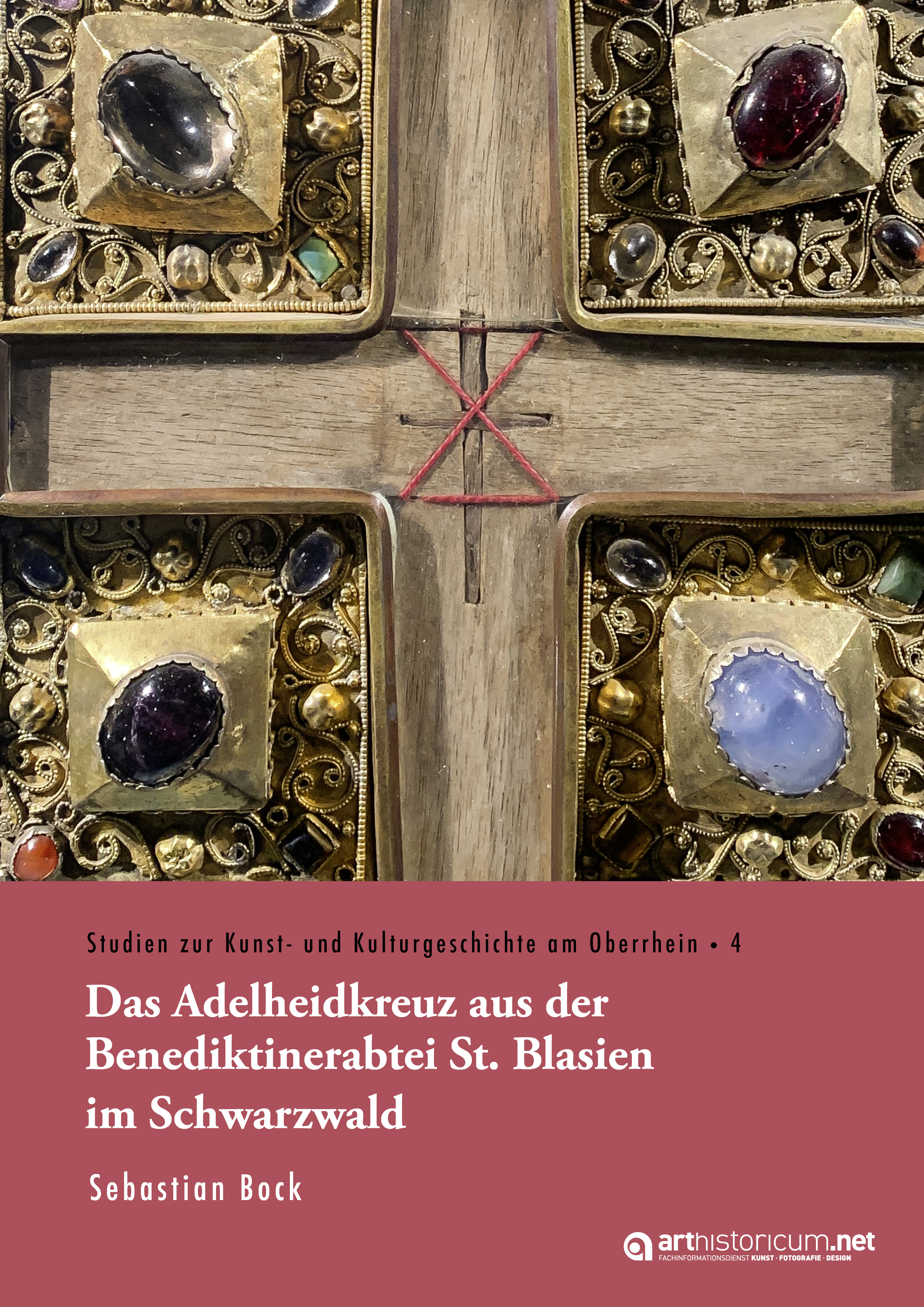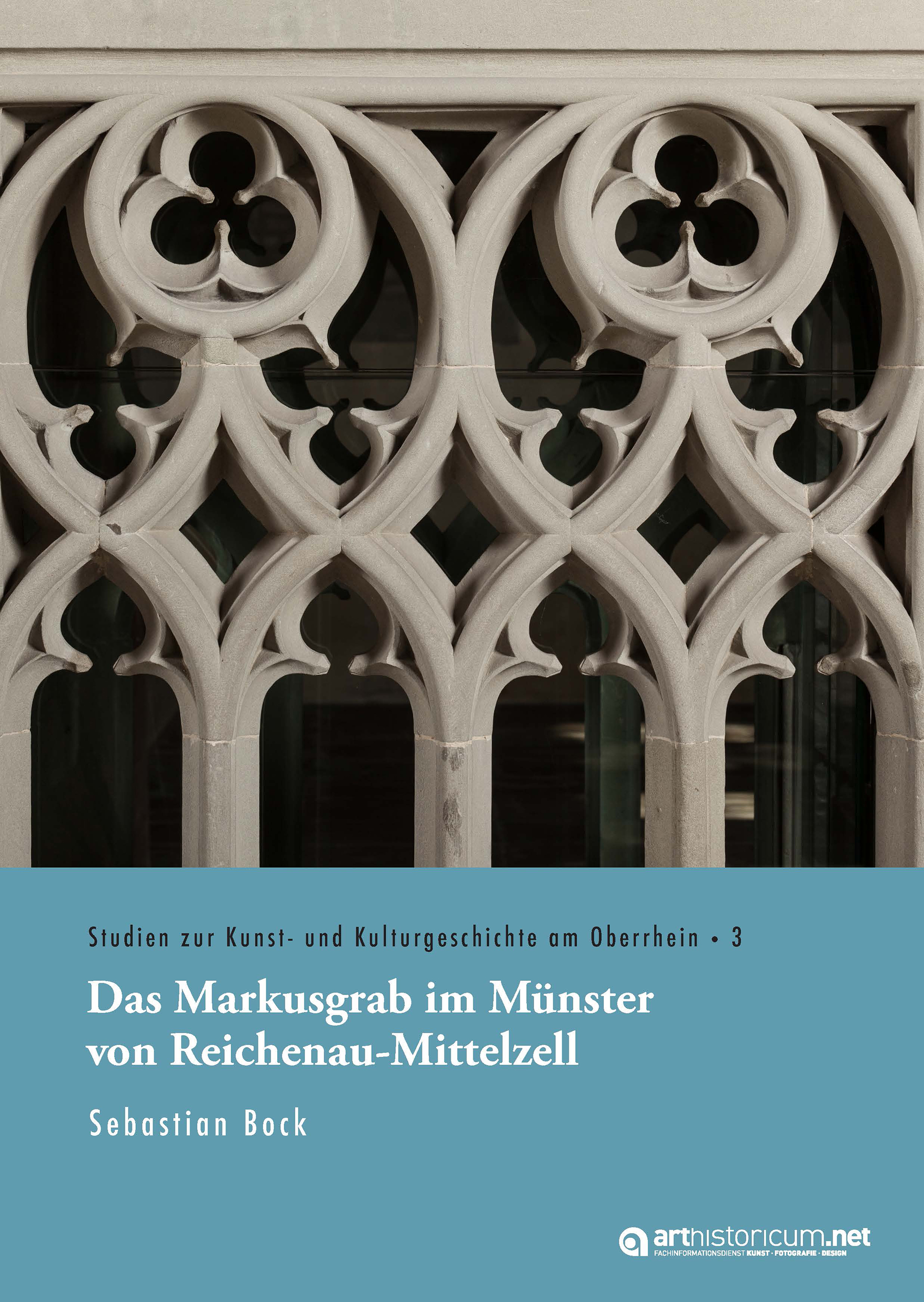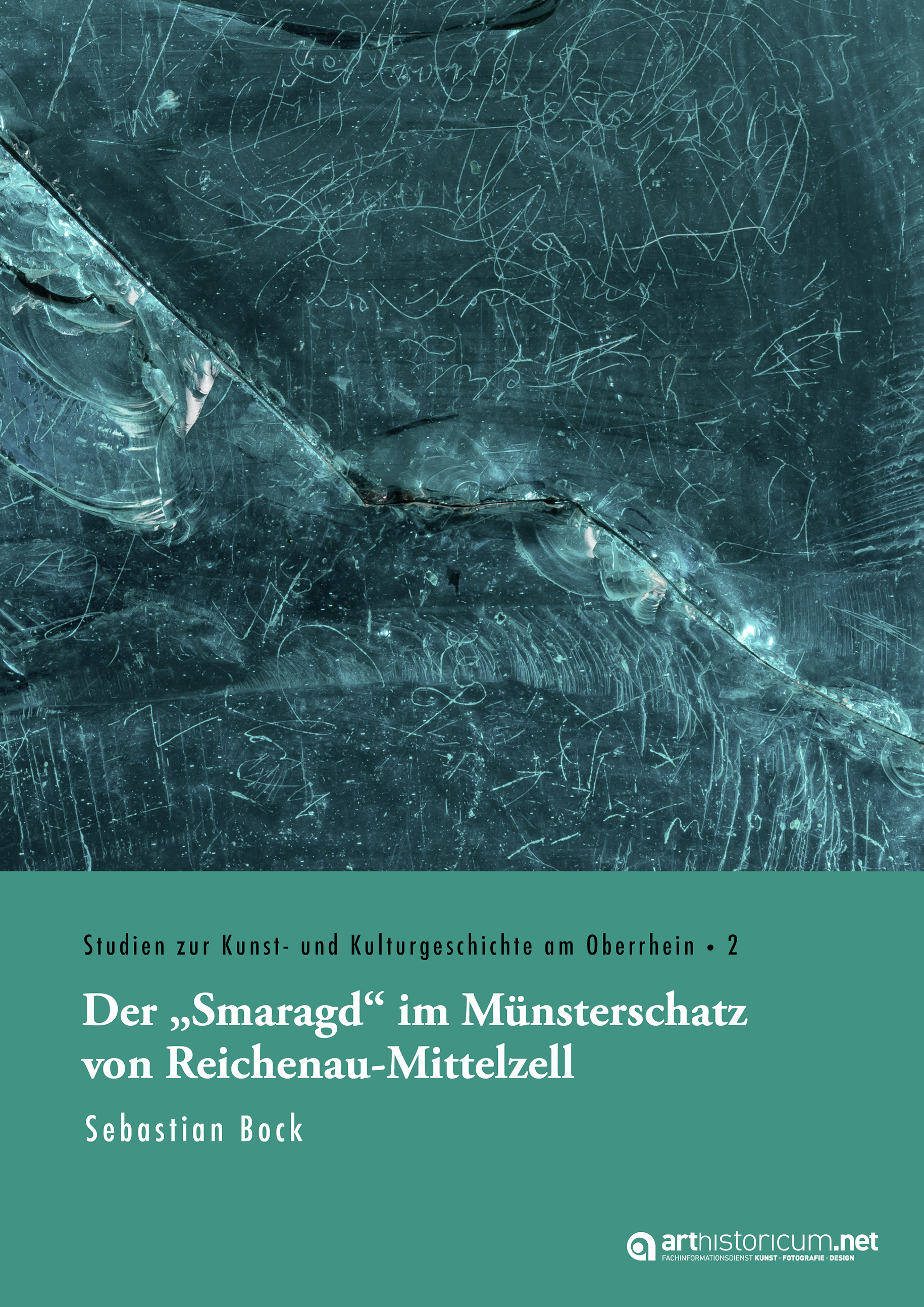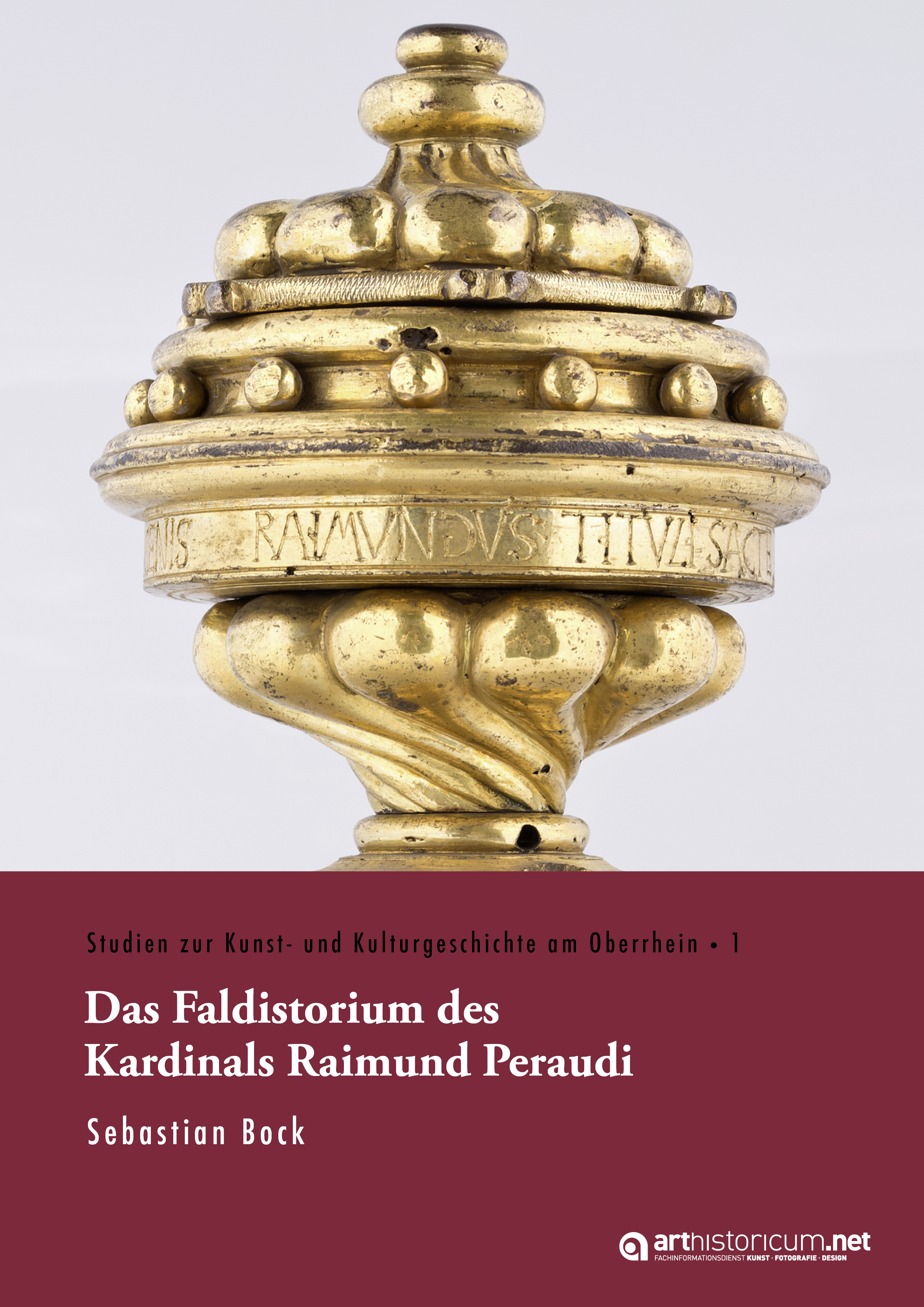Studien zur Kunst- und Kulturgeschichte am Oberrhein
The series deals with individual objects and entire ensembles relevant to art and cultural history, primarily from the Middle Ages and the early modern period in the Upper Rhine region, including the neighbouring landscapes. The book covers a wide range of genres, including handicrafts such as goldsmith's art and treasury objects, as well as sculptures, altarpieces, works on paper and other objects.
Based on the material and technical findings, their history, provenance and research status, the objects under investigation are discussed in detail with regard to various aspects (use, iconography, artistic design, maker, dating, localisation) with varying degrees of emphasis. The aim of the studies is to open up the pieces or complexes dealt with in greater scientific depth and to place them more concretely in their cultural or art-historical context.
Contact
PD Dr. Sebastian Bock
Schwabentorring 8
79098 Freiburg
Published so far
Das Adelheidkreuz aus der Benediktinerabtei St. Blasien im Schwarzwald
The subject of this study is the so-called Adelheid Cross from the Benedictine Abbey of St. Blasien in the Black Forest, one of the most important cruces gammatae of the High Middle Ages with a cross relic. The original appearance of this cimelia and its transformation in the time around 1140/1150 are studied. The contemporary written tradition on the origin of the cross relic undergoes a new evaluation. Further focal points are the question of the patron, the list of other relics preserved in the cross and its liturgical function. The relation between the cross and a 12th century chasuble, also from St. Blasien, is also discussed.
Das Markusgrab im Münster von Reichenau-Mittelzell
The subject of this study is the late 15th century tomb altar for the bones of St. Mark the Evangelist in the former Benedictine abbey church of Reichenau-Mittelzell. In addition to the location, construction and dating of this late Gothic monument, its unusual design and the use of its altar chamber are also discussed. Further focal points are the emergence and use of St. Mark's relics in the Middle Ages north of the Alps as well as the associated effects. Furthermore, the veneration of St. Mark and the formation of his cult on the Reichenau as well as the erection of St. Mark's altar in the historical context are examined.
Der „Smaragd“ im Münster von Reichenau-Mittelzell
Already in the late Middle Ages, the "Reichenau emerald" in the Benedictine Abbey of Reichenau-Mittelzell was one of the major sights of the Lake Constance island. Along with the famous Sacro Catino in Genoa, it was long considered one of the largest emeralds in the world. The study deals with the accounts of the piece as well as its preservation and presentation from the 15th century onwards. Other focal points are the long-lasting propagation of the piece as an extraordinary natural object, a great treasure, and an important testimony to the history of the abbey. Furthermore, it is explained how the "emerald" was finally recognised as a "mere" glass river in the age of enlightenment.
Das Faldistorium des Kardinals Raimund Peraudi
The subject of the study is the faldistorium of Cardinal Raimund Peraudi (1435-1506), which he carried with him as legatus a latere on his legation journey through Germany in 1501-1504 to proclaim the plenary indulgence. In addition to the material and technical findings, the inscriptions of the piece are also examined. Further focal points are the so far unknown provenance and the purposes of the seat as well as its importance as the official seat of a cardinal legate. Furthermore, the art-historical position of the object, the question of its place of production as well as the possibilities which led to the transfer of the chair to the Konstanz Cathedral Treasury are discussed.










